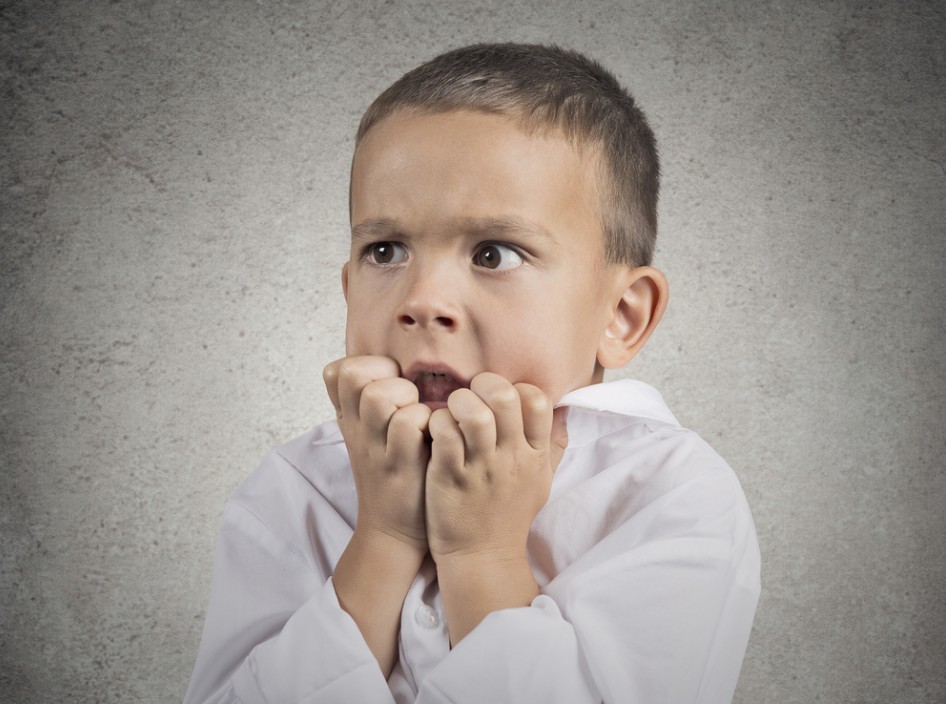Personality Development
Learned Helplessness: How Fear and Hopelessness Quietly Take Control of Your Life
Discover how psychological patterns of helplessness develop- and how optimism, faith, and action can break the cycle and restore your inner power.
- Rabbi Meir Gur
- |Updated

When the world around us feels unsafe, physical protection alone cannot guarantee the sense of security we so deeply need. Challenges in life can sometimes lead us into a state of learned helplessness.
According to Dr. Martin Seligman, founder of the field of positive psychology, people can actually learn to become helpless, depressed, and hopeless. Humans are not born helpless but are shaped to become that way through repeated negative experiences. His research revealed a crucial difference between hopeful, optimistic individuals and those who are pessimistic and despairing.
Early in his career, Dr. Seligman participated in experiments on animals that demonstrated how helplessness is acquired, and the danger it poses. In one experiment, a dog was placed in a cage with an electrified floor. When the dog stepped on a certain area, it received a small electric shock. Naturally, the dog would jump away, learning to avoid the painful areas.
Then the experiment changed. The shocks were applied randomly, with no pattern. Every area became a potential source of pain. At first, the dog tried to escape the shocks, moving to the safer zones- but there were no longer any safe zones. Eventually, something remarkable (and alarming) happened: the dog stopped trying. It remained in place, even while in pain. It simply lay down and whimpered- accepting the suffering instead of trying to avoid it.
This phenomenon is referred to as learned helplessness. It describes a state where a person feels their efforts have no impact, and so they stop trying. In the same way a person won't continue trying to start a car after the gas tank is empty, someone who believes that they have no control over a painful situation, stops acting to change it.
If you’ve ever experienced a situation in life where you felt pain, yet didn’t attempt to change it, this is why. You likely developed a behavioral pattern of helplessness, and stopped believing that your actions can make a difference.

There’s no doubt that an unsafe environment can lead us all to experience helplessness and despair. Any scenario where we feel powerless to influence the outcome will, over time, contribute to feelings of depression. The word depression itself comes from the root to depress, or suppress one's strength. To be helpless is to feel powerless- unable to change or impact your reality.
This applies to many areas, including one’s career. A person might feel stuck in a job that doesn't fulfill them, where their skills aren’t used, the environment is toxic, or the conditions are unfair. The key factor influencing whether they stay or take action is belief. Do they believe change is possible?
An optimistic person, who tends to view the future and themselves in a positive light, will never stop trying, whereas a pessimistic person will quickly give up.
What does a person need to change in order to become more optimistic? What’s the path to developing strong inner belief, hope, and the ability to envision a successful future?
In the next article, we’ll explore how to build optimism.

